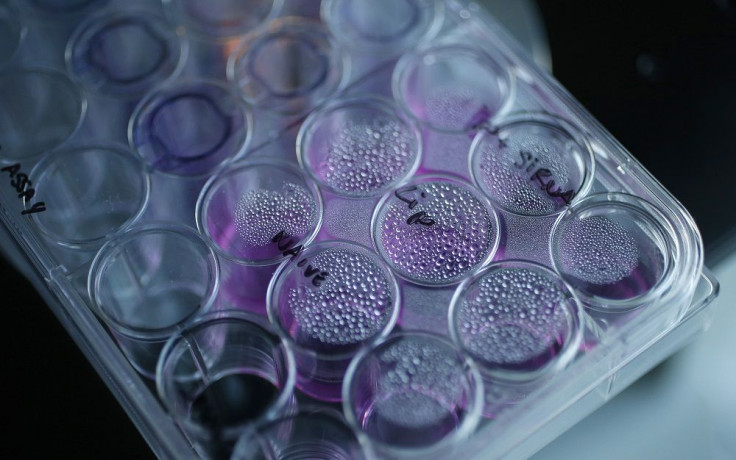Changing code could make cancer cells return to normal

A new study offers possible hope for cancer patients. The research says that changing the code of cancer cells may result in the cells returning to normal cells.
The discovery, published in Nature Cell Biology, said the code is the software for turning off cancer, said Panos Anastasiadis, senior investigator and professor of cancer biology at the Mayo Clinic. The research’s focus is on the role of adhesion proteins and its interaction with microRNA (miRNAs), reports Medicalnewstoday.
The study brings together two research fields thought to be unrelated, cell-to-cell adhesion and miRNA biology, said Antonis Kourtidis, the lead researcher, reports Mexicalexpress. “Most significantly, it uncovers a new strategy for cancer therapy,” he adds.
The adhesion proteins are the glue that keeps the cells together to form tissue. miRNAs are molecules that direct cell programs by regulating the gene expression. The grouping of normal cells results in a specific group of miRNAs suppressing genes that encourage cell growth. However, in the case of tumour cells, growth grows out of control, which is a characteristic of cancer.
However, by restoring normal miRNA signals in cancer cells, the process is reversed and growth of cells is controlled. The researchers developed interest in the process when they attempted to reconcile conflicting results on the adhesion proteins E-cadherin and p120 catenin.
The two play a vital role in normal tissue formation and believed to be tumour suppressors. But since both molecules are in tumour cells and vital for tumour growth, the team questioned their assumptions about the two proteins.
Further study revealed the two functions of the two proteins, which is to maintain the correct and normal behaviour of cells and to make tumours grow. Anastasiadis says that in most of the human tumour samples the team studied, the adhesion complex was missing, but the two proteins were present.
He compared the two proteins to a speeding vehicle with a lot of petrol, but lacks break or the PLEKHA7 complex, a new protein associated with E-cadherin and p120 catenin. “By administering the affected miRNAs in cancer cells to restore their normal levels, we should be able to re-establish the brakes and restore normal cell function. Initial experiments in some aggressive types of cancer are indeed very promising,” concludes the professor.
Contact the writer at feedback@ibtimes.com.au or tell us what you think below




















